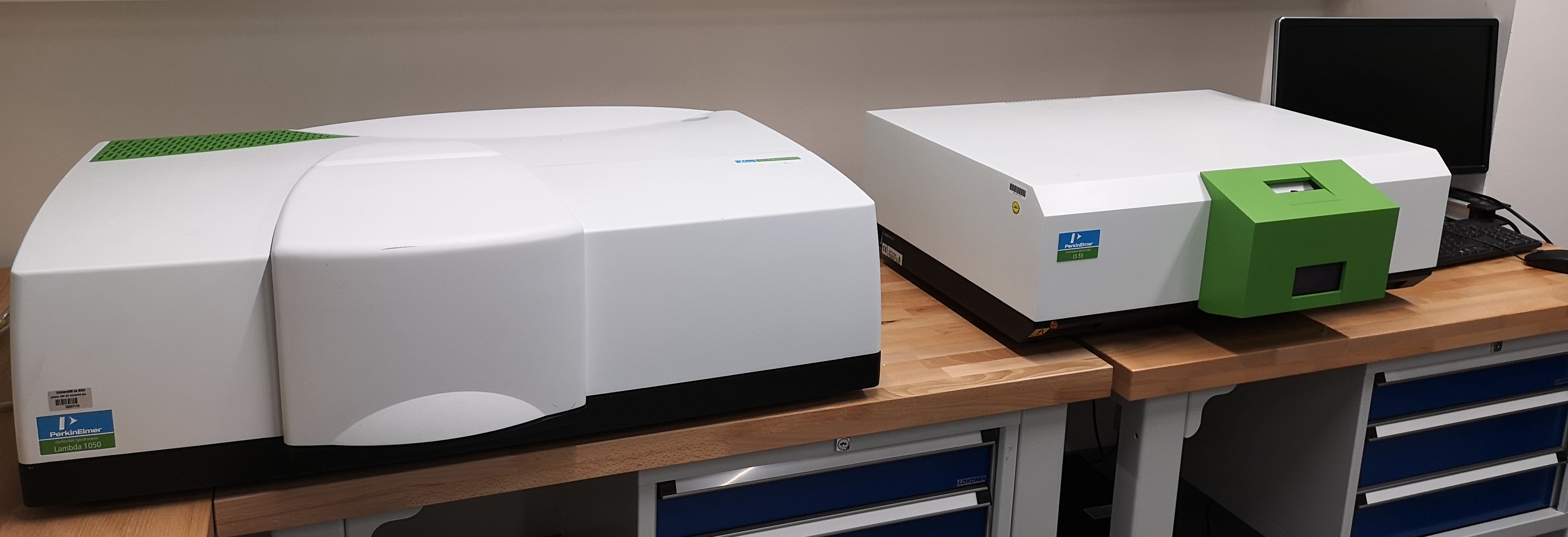PhD positions
We are currently looking for a talented and motivated PhD student (payscale: E13, TV-L, 75%) to join our (sub-)group immediately or on a later date upon mutual agreement. The selected candidate will be working within the TIDE research training group. The ideal candidate should have completed her/his/their master study by the desired starting date and should have a strong background in condensed matter physics and/or non-linear optics with hands-on experience in ultrafast optical spectroscopy/microscopy. Experience with organic/hybrid semiconductors, physical measurements at low temperature or in high magnetic field, or theoretical modeling of photophysics in organic materials will be considered as a plus. The description of the position can be found here.
Interested applicants should submit their applications (including CV, letter of motivation, and academic transcripts and certificates for bachelor and master studies) via the online jobportal of University of Cologne HERE. Informal inquiries regarding the position can be sent to Dr. Tianyi Wang (twang@ph2.uni-koeln.de).
Bachelor, Master and semester projects:
We are always looking for motivated and talented students to join our (sub-)group for their Bachelor, Master and semester projects. The ideal candidate should have an educational background in physics, chemistry, materials science, engineering or other relevant fields and should have strong interests (preferably also hands-on experience) in at least one of the following fields: 1. Time-resolved and steady-state optical spectroscopy; 2. Materials science of organic/hybrid semiconductors; 3. Computational modeling of photophysics in organic/hybrid semiconductors.
Interested students can contact Dr. Tianyi Wang (twang@ph2.uni-koeln.de) and Prof. Paul van Loosdrecht (pvl@ph2.uni-koeln.de) with their CVs, letters of motivation and their academic transcripts (with courses and grades) for potential projects.
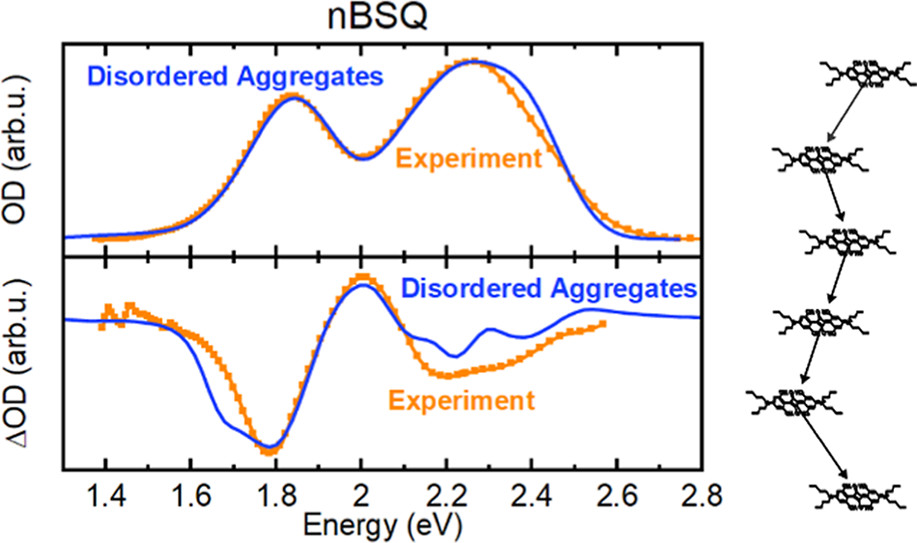
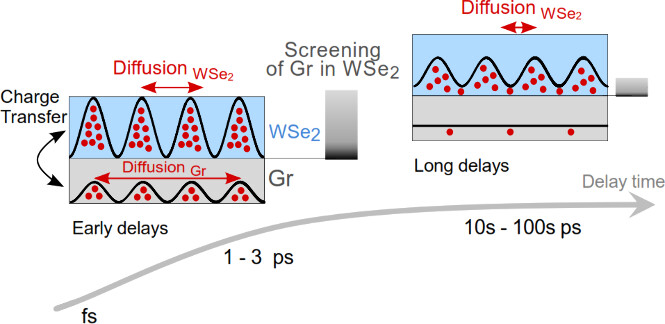
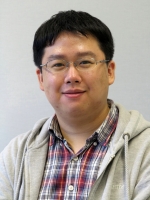 Tianyi Wang received his Bachelor degree in Materials Science and Engineering at Nanjing University of Aeronautics and Astronautics in 2012 with a thesis focusing on the chemical bath deposition of tin sulfide thin films for photovoltaic applications under the supervision of Prof. Honglie Shen. From 2012 to 2014, he studied Materials Science at Ludwig Maximilian University of Munich, Technical University of Munich and University of Montpellier under the Erasmus Mundus Master Program MAMASELF and graduated with a thesis on the low temperature fabrication of superstructured titania thin films via wet imprinting and characterization of these films using GISAXS under the supervision of Prof. Peter Müller-Buschbaum. He worked as a PhD student on the photophysics of organic and hybrid semicondutors under hydrostatic pressure in the Hybrid Solar Cells group at Insititute AMOLF in Amsterdam under the supervison of Prof. Bruno Ehrler from 2014 to 2019 and received his PhD in Physics at University of Amsterdam. After his PhD, he joined the Institute for Solar Fuels at the Helmholtz Center Berlin as a postdoctoral researcher, working on the exciton/charge carrier dynamics in organic semiconductors for solar water splitting under the supervision of Dr. Dennis Friedrich and Prof. Roel van de Krol. He joined the Optical Condensed Matter Science group led by Prof. Paul van Loosdrecht at Uniersity of Cologne as a sub-group leader in 2023. His current research interests include ultrafast optical spectroscopy and spin dynamics of excitons in organic and hybrid semiconductors.
Tianyi Wang received his Bachelor degree in Materials Science and Engineering at Nanjing University of Aeronautics and Astronautics in 2012 with a thesis focusing on the chemical bath deposition of tin sulfide thin films for photovoltaic applications under the supervision of Prof. Honglie Shen. From 2012 to 2014, he studied Materials Science at Ludwig Maximilian University of Munich, Technical University of Munich and University of Montpellier under the Erasmus Mundus Master Program MAMASELF and graduated with a thesis on the low temperature fabrication of superstructured titania thin films via wet imprinting and characterization of these films using GISAXS under the supervision of Prof. Peter Müller-Buschbaum. He worked as a PhD student on the photophysics of organic and hybrid semicondutors under hydrostatic pressure in the Hybrid Solar Cells group at Insititute AMOLF in Amsterdam under the supervison of Prof. Bruno Ehrler from 2014 to 2019 and received his PhD in Physics at University of Amsterdam. After his PhD, he joined the Institute for Solar Fuels at the Helmholtz Center Berlin as a postdoctoral researcher, working on the exciton/charge carrier dynamics in organic semiconductors for solar water splitting under the supervision of Dr. Dennis Friedrich and Prof. Roel van de Krol. He joined the Optical Condensed Matter Science group led by Prof. Paul van Loosdrecht at Uniersity of Cologne as a sub-group leader in 2023. His current research interests include ultrafast optical spectroscopy and spin dynamics of excitons in organic and hybrid semiconductors. 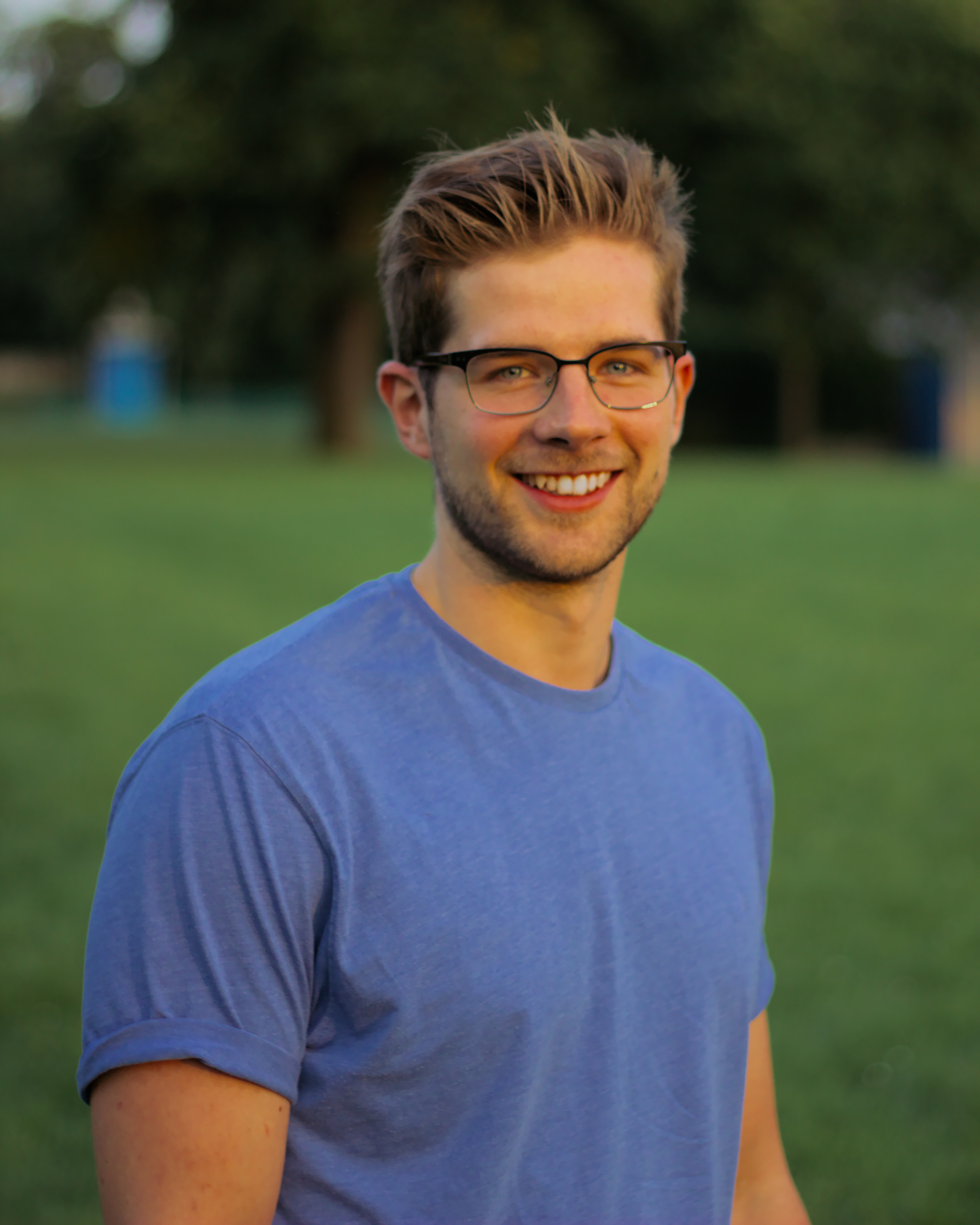 Lukas Rieland completed his Bachelor's degree in 2018 and his Master's degree in 2021 under the supervision of Prof. Stefan Linden at the University of Bonn. Lukas' Master's thesis focused on constructing a transient absorption setup to study TMD monolayers, leading him to develop an interest in time-resolved spectroscopy. Driven by this interest, Lukas decided to further his expertise by joining the research training group TIDE at the University of Cologne, under the mentorship of Prof. Paul van Loosdrecht. In his role within TIDE, Lukas utilizes ultrafast optical techniques to monitor the temporal evolution and diffusion of excitations in templated and non-templated organic systems.
Lukas Rieland completed his Bachelor's degree in 2018 and his Master's degree in 2021 under the supervision of Prof. Stefan Linden at the University of Bonn. Lukas' Master's thesis focused on constructing a transient absorption setup to study TMD monolayers, leading him to develop an interest in time-resolved spectroscopy. Driven by this interest, Lukas decided to further his expertise by joining the research training group TIDE at the University of Cologne, under the mentorship of Prof. Paul van Loosdrecht. In his role within TIDE, Lukas utilizes ultrafast optical techniques to monitor the temporal evolution and diffusion of excitations in templated and non-templated organic systems.  Aiman Rauf completed her Bachelor's degree in 2022 and her Master's degree in 2024 from Jamia Millia Islamia in India, specializing in theoretical condensed matter physics under the supervision of Dr. S.K. Firoz Islam. Her Master's thesis focused on light-matter interaction, particularly how irradiation can give rise to non-topological massive bound states across smooth interfaces of topological semimetals. This work sparked her interest in the experimental aspects of optical condensed matter physics. Driven by this curiosity, she joined the group of Prof. Paul van Loosdrecht with support from the research training group TIDE, where she uses ultrafast transient absorption spectroscopy to study exciton dynamics in (templated) organic semiconductors.
Aiman Rauf completed her Bachelor's degree in 2022 and her Master's degree in 2024 from Jamia Millia Islamia in India, specializing in theoretical condensed matter physics under the supervision of Dr. S.K. Firoz Islam. Her Master's thesis focused on light-matter interaction, particularly how irradiation can give rise to non-topological massive bound states across smooth interfaces of topological semimetals. This work sparked her interest in the experimental aspects of optical condensed matter physics. Driven by this curiosity, she joined the group of Prof. Paul van Loosdrecht with support from the research training group TIDE, where she uses ultrafast transient absorption spectroscopy to study exciton dynamics in (templated) organic semiconductors. 
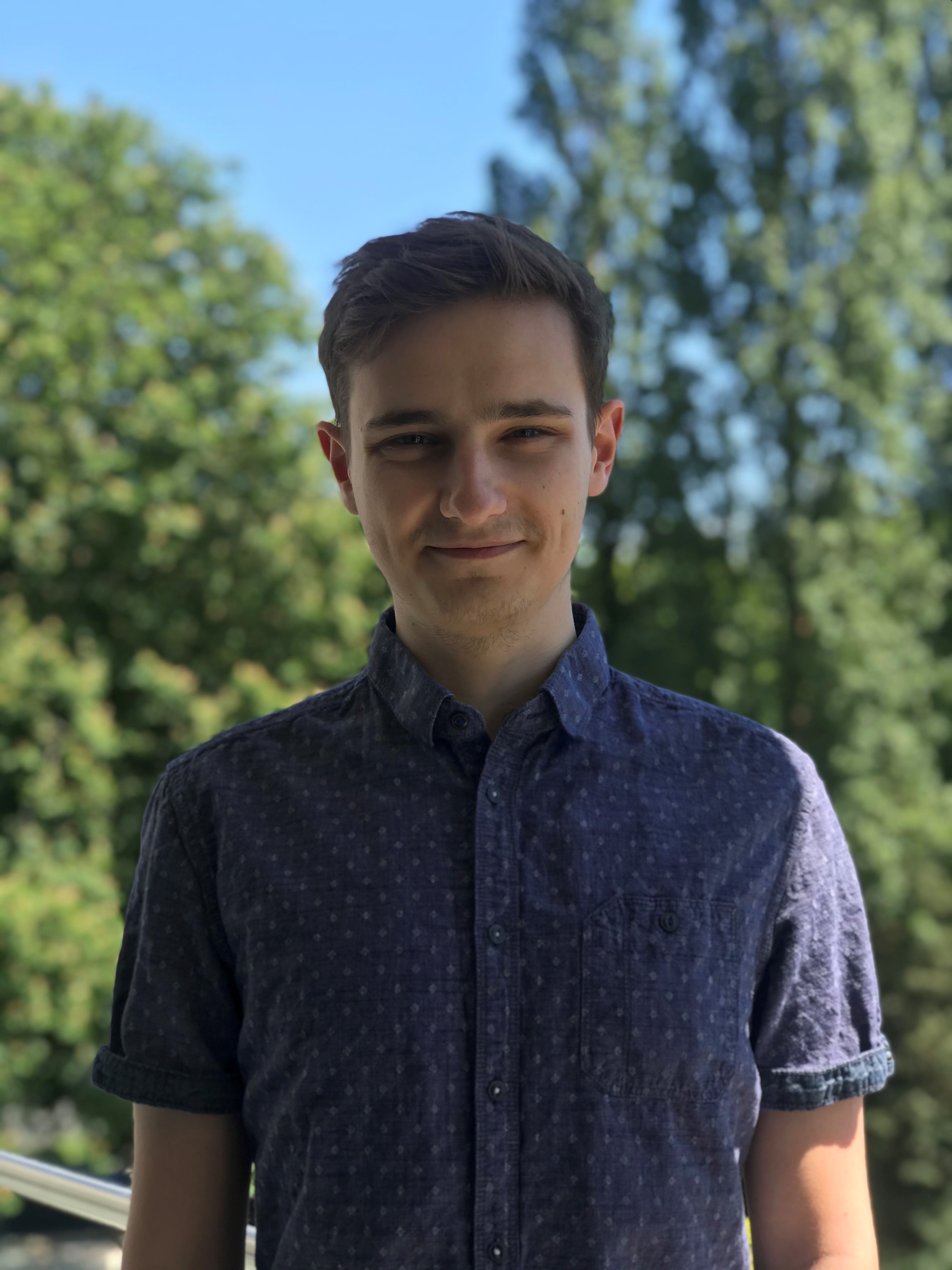 Robin Bernhardt earned his Bachelor's degree with a thesis centered on the fabrication of heterostructures using various two-dimensional materials at the University of Cologne under the guidance of Prof. Alexander Grüneis in 2017. Subsequently, he pursued a Master's degree in physics with a specialization in condensed matter physics at the same university from 2017 to 2020. His master's thesis, supervised by Prof. Paul van Loosdrecht, focused on the exciton population and valley dynamics in monolayer WSe2 using time-resolved photoluminescence spectroscopy. Robin completed his PhD under the support of the TIDE research training group, investigating the excitonic nature and dynamics of Squaraine molecules in aggregated thin films designed for photovoltaic and light-sensing applications. His research involves the use of transient absorption spectroscopy and exciton theory modeling.
Robin Bernhardt earned his Bachelor's degree with a thesis centered on the fabrication of heterostructures using various two-dimensional materials at the University of Cologne under the guidance of Prof. Alexander Grüneis in 2017. Subsequently, he pursued a Master's degree in physics with a specialization in condensed matter physics at the same university from 2017 to 2020. His master's thesis, supervised by Prof. Paul van Loosdrecht, focused on the exciton population and valley dynamics in monolayer WSe2 using time-resolved photoluminescence spectroscopy. Robin completed his PhD under the support of the TIDE research training group, investigating the excitonic nature and dynamics of Squaraine molecules in aggregated thin films designed for photovoltaic and light-sensing applications. His research involves the use of transient absorption spectroscopy and exciton theory modeling. 
